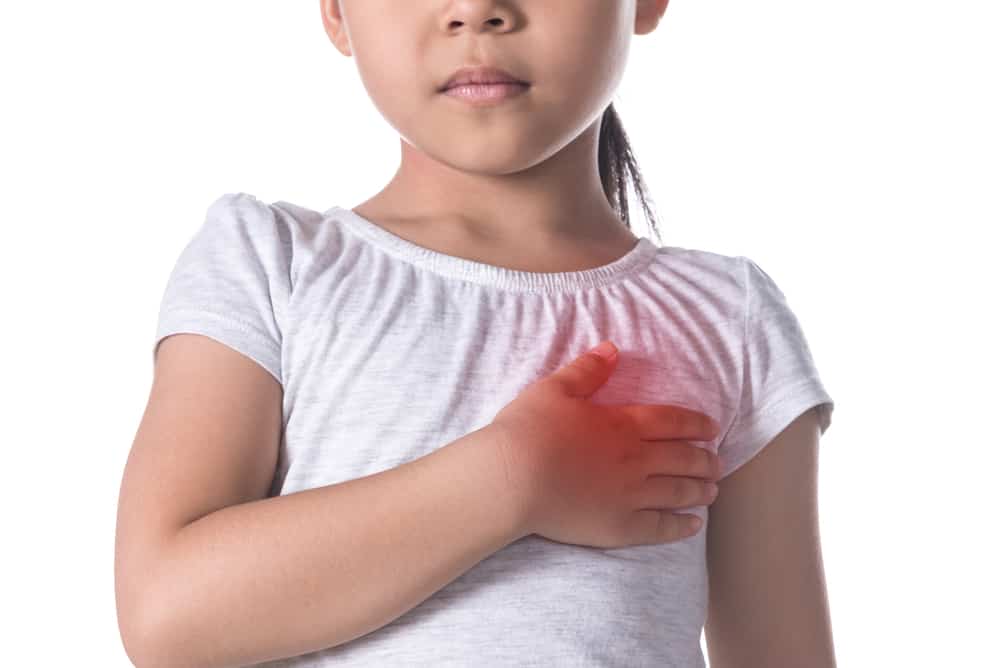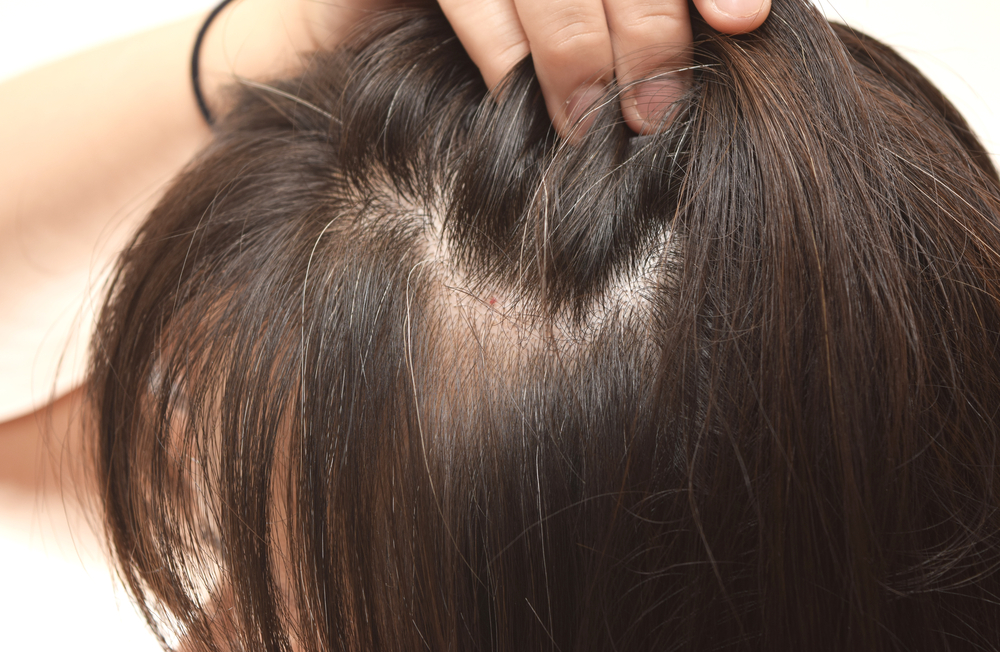Contents:
- Medical Video: An Overview Of Panic Attacks In Adolescents
- What is precordial catch syndrome?
- Signs and symptoms of chest pain in children
- What causes precordial catch syndrome?
- Can precordial catch syndrome cause complications?
- Treatment of precordial catch syndrome
- Can it be prevented?
Medical Video: An Overview Of Panic Attacks In Adolescents
As a parent, you will certainly panic and worry when your child complains of pain in certain parts of the body - especially chest pain, whether it feels sudden piercing or which makes it difficult for the child to breathe. Even though a child's chest pain is not a sign of being alert to a heart attack, you still need to know what caused it. The condition of chest pain in children is calledprecordial catch syndrome. Is it dangerous?
What is precordial catch syndrome?
Precordial catch syndrome (PCS) is a condition of chest pain that feels sharp piercing. Precordial means 'in front of the heart', so the source of the pain is only centered on the front chest of the heart.
Precordial catch syndrome most commonly attacks children aged 6 years, adolescents, andyoung adults starting at age 20,who do not have a history of any abnormalities or heart problems that might be underlying it. Chest pain from PCS is not a serious medical condition or an emergency, because it is usually not dangerous.
Signs and symptoms of chest pain in children
Precordial catch syndrome is commonly experienced by people who do not have a history of any heart abnormalities. That's why PCS often shows no symptoms or significant physical changes. A child's heartbeat that has PCS is normal, so it doesn't show a pale face or wheezing sound (the breath sounds "crunchy").
But the most common PCS symptom is prolonged shallow breath.Some other signs and symptoms of precordial catch syndrome, can include:
- Chest pain while resting, especially when the child is bending.
- Complaining like feels like being pricked in the chest.
- The pain is centered only on one part of the chest, usually below the left nipple.
- The pain gets worse when deep breathing
- It happens very briefly, only once or more times a day.
Symptoms of chest pain in children due to PCS can worsen with breathing, but generally gradually disappear on their own after lasting only less than a few minutes.
The severity of precordial catch syndrome varies between young children and young adults. Some people will feel pain that is very disturbing, while others feel extreme pain to cause temporary vision loss.
What causes precordial catch syndrome?
Most cases of precordial catch syndrome are not clear what causes it. It is estimated, chest pain due to PCS arises caused by muscle cramps or nerves that are sandwiched in the lining of the lungs (pleura). Symptoms can disappear and appear suddenly in a short time, starting from pain in the chest wall, ribs, or connective tissue.
In addition, precordial catch syndrome can occur due to a surge in growth (growth spurt), poor posture such as the habit of bowing when sitting or watching TV, or trauma from a blow on the chest.
Can precordial catch syndrome cause complications?
You don't need to release it. Precordial catch syndrome is not a dangerous medical condition, and can usually recover in a short time without special treatment. Also, tthere are no health complications related to this problem that are worth worrying about.
Precordial catch syndrome can disappear with the age of the child.
But if chest pain continues and even worsens the symptoms, you should discuss it further with your doctor. The doctor will see a complete medical history, assess symptoms, and ask for other health problems before carrying out a physical examination in the child.
Treatment of precordial catch syndrome
Chest pain in children due to precordial catch syndrome will generally disappear by itself, so it does not require special treatment. However, if the pain is too disturbing, the doctor may give anti-inflammatory drugs to help ease the pain.
If the child feels pain in the chest when taking a deep breath, teach the child to take shallow breath until the pain disappears. Encourage children to improve their wrong posture gradually, for example from the habit of bending when sitting upright with their shoulders back. This can help reduce chest pain due to precodial catch syndrome.
Can it be prevented?
If chest pain in children is caused by a surge in growth, this certainly cannot be prevented. However, if it is caused by poor posture because of the habit of bending, PCS chest pain can be prevented by getting the child to sit and stand upright to reduce the risk.












